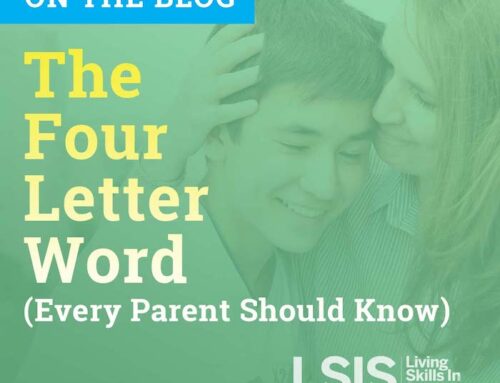
Do you ever feel there is too much to do, that it’s non-stop? The world can feel so busy sometimes. Children have sports, homework, friends, and need time to decompress before bed. The TV is blaring. Phones are lighting up with data and alerts. Amid this constant noise and swirling information, however, there are children and teens who need to talk to their families.
Whether it’s about a minor problem with a friend or a recent event they went to, the life of a child or teenager is rich in issues ranging from wonderful to worrisome. How do we create more moments to be able to pause the chaos and create time for conversation and even more importantly encourage the conversations around these scary or worrisome topics?
There is power behind family dinners; a sit-down meal with everyone at the table. Sharing a meal together is a meaningful and effective approach to start conversations and build trust, self-esteem, and coping skills.
Research indicates that eating together is an essential aspect of family life. When a family sits down together, children and teens become better at handling the stresses of daily life; better at speaking to others and speaking up for themselves, and more confident in their support system (Fulkerson, Jayne A., et al.,2006). There is a positive relationship between frequent meals and decreased engagement in risk behavior (ME et al., 2015).
Here are a few specific ways and scientific evidence in which eating together helps build strong, resilient young people:
Family Meals Support a Sense of Stability
According to The National Council on Substance Abuse and Addiction (CASA), eating together as a family allows parents and children to join together emotionally and provides a sense of security for children and teens. This in itself can reduce rates of teen smoking, drinking, and drug use.
A 2012 study completed by National Center on Addiction and Substance Abuse at Columbia University revealed:
- Teens who sat down for fewer than 3 family dinners a week were three times more likely to say it’s okay for teens their age to use marijuana (14% vs. 5%) and 3.5 times more likely to say it’s okay to get drunk (14% vs. 4%).
- Teens who eat with their families five or more times a week were far less likely to report that they expected to try drugs (including marijuana or prescription drugs without a doctor’s supervision) in the future (8% vs. 17%). (National Center on Addiction and Substance Abuse at Columbia University, 2012)
Family Meals Enhance Communication Skills Overall
When sitting with family, children are given an opportunity to improve their conversational and social skills in a safe environment. Children and teens are more apt to practice using their voice, disagreeing with opinions, and speaking up for themselves, when given the chance in a comfortable environment. This “practice” gives them the tools to clearly communicate their feelings in their own words, making them better suited to speak up in potentially difficult situations. (Clark, 2013)
Family Meals Build Close Relationships
Mealtimes are often the most common time children communicate with parents. Turning off the television and placing phones on a counter away from the table allows everyone in the family to connect. A child will seek counsel from the person he or she feels the most connected to. Sharing a family meal has that power to establish that connection and to provide an environment for a child to feel safe. (Clark, 2013)
Introducing the Family Box for Substance Abuse Prevention
Living Skills in the Schools created the Family Box to support families through these times of extraordinary challenge.
Whether we are in schools or homes, our mission remains the same: to build each child’s resistance to substance abuse through age-appropriate education, reassurance, understanding, peer support, and access to help.
Who This is For
The Family Box for Substance Abuse Prevention is aimed at families with students in grades 5-12. It is a set of carefully curated items that help start and support cross-generational family conversations around substance abuse. It packs both scientific research and over 20 years of abuse prevention experience into an appealing format that invites families to start a challenging but necessary conversation.
This is where the Family Box will prove beneficial. With thoughtful, discussion-inspiring questions centered around substance abuse, using the resources help families open up and share thoughts and experiences.
The Family Box has already made its way to 500+ family dinner tables across Palm Beach County, thanks to partnerships with the Health Council of Southeast Florida and Florida Health Palm Beach County.
The feedback from the community was a positive response. “Overall great experience Great conversation starter” was quoted from a recipient of the Family Box and “Once we asked a few questions from the cards,we kept talking on our own.” was quoted from another family from the community after using the resources provided in the Family Box.
Living Skills in the Schools will soon offer another 500 Family Boxes as a way of inviting even more families to share a conversation and build bonds that will strengthen their fight against substance use and abuse.
If you are interested in a Family Box, please visit livingskillsintheschools.org and sign up for an alert about the release date and how to obtain a Family box.





